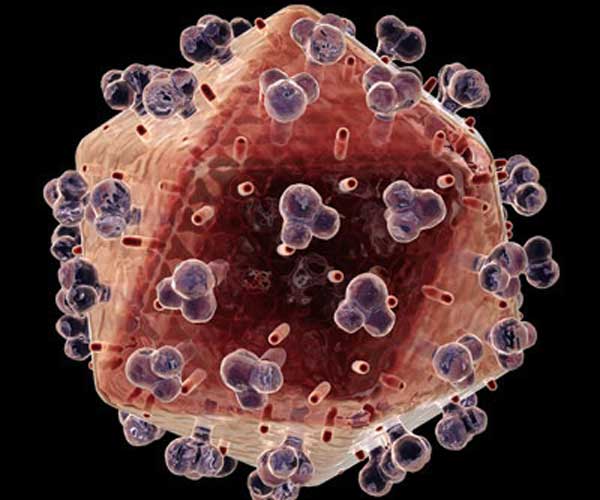The Best HIV Prevention Strategies Differ by At-Risk Group

Public-health experts know effective HIV prevention strategies involve public health messages tailored to each group that has a high risk of infection.
The groups of people who are most at risk for spreading and contracting HIV include men who have sex with men, people who are homeless, injection drug-users and street sex workers, according to the Centers for Disease Control and Prevention.
African Americans have higher HIV rates than any other ethnic group because they are more likely than people of other ethnicities to engage in risky behaviors, according to the CDC.
HIV-prevention programs have been shown in studies to work, especially when they target a specific group. For example, a study in September in the journal Archives of Internal Medicine found heterosexual people and African American couples in which one partner was HIV positive benefited from programs that provided information on improving couple communication, making safe behaviors and staying in healthy relationships more appealing.
Still, prevention advocates face an uphill battle.
Advances in medical treatment can give people a false sense of security, and may have actually made it less likely the public-health message will hit home, said Bill Yarber, senior director of the Rural Center for AIDS/STD Prevention at the University of Indiana.
"I think the issue of denial is true for a lot of populations," Yarber said. "There's a belief that if I get AIDS, I can just take these drugs and live happily ever after."
Get the world’s most fascinating discoveries delivered straight to your inbox.
People don't see their friends dying of AIDS like they did at the beginning of the epidemic, when treatments weren't as advanced, he said. This highlights the need for effective public health measures.
Reaching those in rural areas
Yarber said one of the biggest challenges is getting information to people in parts of the country that don't have many available resources. He works with at-risk populations in rural towns, where there may be more stigma attached to being a man who has sex with other men or using injection drugs.
"Most people nowadays have Internet access, and that's one way to reach them, not only with information about things like testing and risk reduction, but also interventions," Yarber said.
Social marketing spreading a message with techniques like those used in advertising, such as repeatedly exposing people to an idea has also been shown to be effective in lowering HIV transmission rates in this group, according to a study published this month in the American Journal of Public Health.
Getting the message to the gay community
People who are gay or bisexual, and men who have sex with other men have the highest rates of HIV in the United States. Men are more likely than women to have HIV or AIDS.
The biggest obstacles in reaching this group are the stigma of being homosexual and lack of sexuality education , according to the Center for AIDS Prevention Studies at University of California, San Francisco.
In order to reach this group, interventionists must communicate that they understand the issues people in the gay community encounter like need for intimacy and love, sexual desire, recreational drug use, self-esteem and homophobia.
Communicating with drug-users
Providing information about and easy access to drug rehabilitation programs is vital in helping drug-users to quit and thereby avoid contracting HIV, according to the Center for AIDS Prevention Studies, but such programs are still few and far between. Only about 15 percent of drug-users seek and stay in treatment.
The fact that drug use is illegal also keeps people from seeking help, according to the center.
For people unwilling to get help, health messages should center on convincing them to avoid sharing syringes and use a new syringe every time they inject drugs, according to the CDC.
Harm-reduction programs, like providing clean needles and syringes, can provide a two- to six-fold protection against contracting HIV, studies have shown. And recruiting former drug-users to help spread the message about quitting or using safer drug practices can help current drug-users better understand the consequences of their actions, according to the Center for AIDS Prevention Studies.

